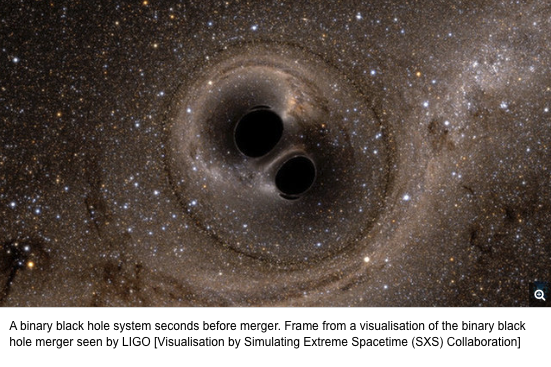
On February 2 NASA’s satellite, Swift, was hit by cosmic gamma rays. This triggered an alert and seconds later University of WA’s Zadko Telescope swung into robotic action to take images and record the entire evolution of the event.
The event, named GRB170202, appeared as a rapid brightening visible in the sky for a brief period of time. Its brightness was equivalent to millions of stars shining together from the same location. What was actually detected is known as a Gamma Ray Burst (GRBs). The Very Large Telescope (VLT) in Chile obtained the spectrum of the GRB and estimated that the burst took place about 12 billion light years away from us. The GRB was so far away that its host galaxy was not visible.
GRBs are signatures of black hole births from the cataclysmic collapse of stars that have mass up to tens of solar masses and rotate rapidly with a strong magnetic field. Stars capable of producing GRBs, due to their huge masses, are born and die within some tens to hundreds of thousands of years. In comparison our Sun exists for billions of years.
The rate that GRBs occur can provide us with information regarding the rate of black hole formation. Based on our current observations, there are thousands of black holes births taking place each day in the universe. One important class of GRBs, called “short GRBs” happens when two neutron stars merge. These short GRBs last less than a second but they can help us understand the formation of black holes. Short GRBs emit gravitational radiation that can be detected by e.g. the Laser Interferometer Gravitational-Wave Observatory (LIGO). A coincident detection in gamma rays, optical and gravitational waves could give us insight into the physics of black hole formation. One of the goals of the newly funded ARC Centre of Excellence OzGrav mission is to search for optical, radio and high-energy counterparts coincident with gravitational waves from black hole creation.
Source: Space.com
